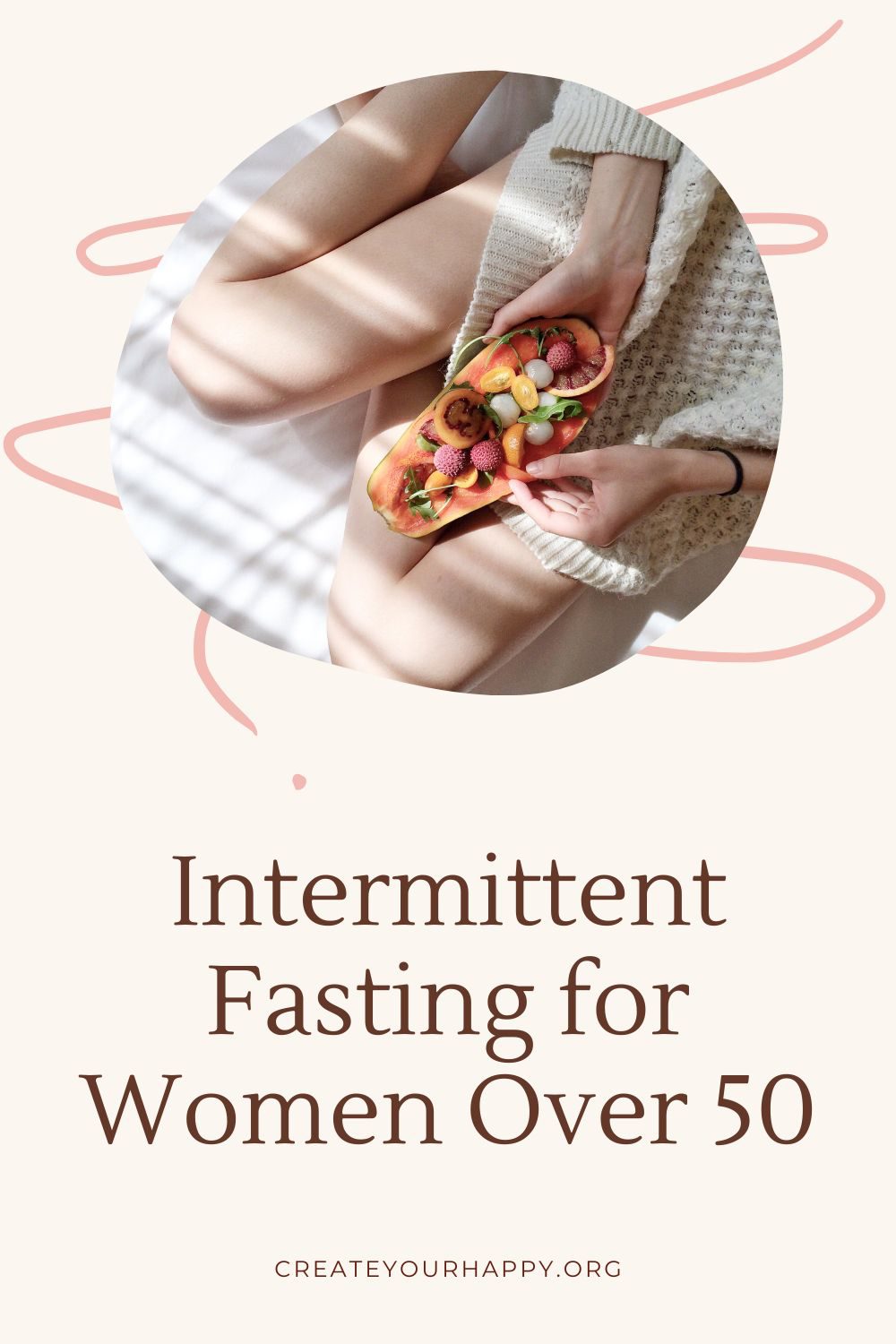Last Updated on September 23, 2022 by Shane Corbitt
If you’re a woman over the age of 50, you may be looking for a way to improve your health and lose weight. Intermittent fasting (IF) is a popular health trend that has been shown to offer a number of benefits, including weight loss, improved mental clarity, and reduced inflammation. However, IF can be difficult to implement if you’re not sure where to start.
This guide will provide you with everything you need to know about intermittent fasting for women over 50, including how to get started, what to expect, and how to make IF work for you.
Benefits of Intermittent Fasting for Women Over 50
Intermittent fasting has been shown to offer a number of benefits for women over the age of 50, including:
Weight Loss: One of the most common reasons that women over 50 try IF is for weight loss. And there’s good reason why: IF can help boost your metabolism and promote fat burning. In one study, women who practiced IF lost more weight and body fat than those who didn’t. Another study showed that IF can help reduce abdominal fat.
Mental Clarity: As we age, it’s common for our cognitive function to decline. However, emerging research suggests that IF may help improve cognitive function in older adults. In one study, adults over the age of 60 who followed an IF diet reported improvements in memory and thinking skills.
Reduced Inflammation: Inflammation is a major risk factor for chronic diseases like heart disease and arthritis. Studies show that IF can help reduce markers of inflammation in the body.
Getting Started with Intermittent Fasting
If you’re ready to give intermittent fasting a try, there are a few things you need to know before getting started. First, it’s important to understand the different types of IF diets that are available. The most common types are the 16/8 method and the 5:2 diet.
With the 16/8 method, you fast for 16 hours each day and eat only during an 8-hour window. For example, you might choose to stop eating at 8 pm and not eat again until noon the next day. This method is often used because it’s easy to stick to and sustain long-term.
The 5:2 diet is a bit more restrictive and involves eating normally five days per week and fasting or eating very little (500 calories or less) two days per week. This type of diet may be more difficult to stick to long-term but can lead to more rapid results.
Once you’ve decided which type of intermittent fasting diet is right for you, it’s time to start planning your meals. When creating your meal plan, be sure to focus on nutrient-rich whole foods like fruits, vegetables, lean protein, healthy fats, and whole grains. These foods will not only help you lose weight but also improve your overall health.
Conclusion
Intermittent fasting is a popular health trend that offers a number of benefits for women over 50, including weight loss, improved mental clarity, and reduced inflammation. If you’re ready to try intermittent fasting, be sure to choose the right type of diet for you and focus on nutrient-rich whole foods. With a bit of planning and preparation, intermittent fasting can help you improve your health and lose weight.










